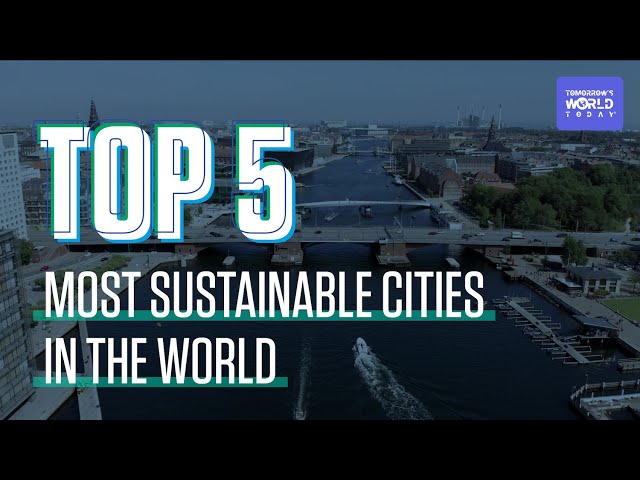The textile industry, a cornerstone of global manufacturing, has long been scrutinized for its environmental and health impacts. Among these concerns, the use of toxic softeners stands out as a critical issue. These chemicals, essential for giving fabrics a soft and desirable texture, pose significant risks to both ecological systems and human health. This comprehensive analysis dives deep into the types of toxic softeners used, their effects, and sustainable alternatives.
Understanding Toxic Softeners in Textiles
Toxic softeners, often referred to as fabric softeners or textile finishers, are chemicals added during textile processing to enhance the feel and drape of fabrics. Commonly used chemicals include phthalates and formaldehyde-releasing agents, which are linked to various health issues ranging from skin irritation to more severe endocrine disruption.
Common Types of Toxic Softeners
-
Phthalates
-
Formaldehyde donors
-
Aromatic amines
Mechanism of Action
These chemicals coat the textile fibers, providing a smoother finish and reducing static cling. However, this chemical layer can be harmful when it comes into contact with human skin or when it leaches into the environment.
Health Risks Associated with Toxic Softeners
Immediate Health Concerns
-
Skin irritation and allergies
-
Respiratory issues
Long-Term Health Impacts
-
Hormonal disruptions
-
Contribution to chronic diseases such as cancer
Environmental Impact of Toxic Softeners
The environmental toll of using these chemicals is equally alarming. When washed away, these softeners enter waterways, affecting aquatic life and disrupting ecosystems. The persistence of these chemicals in the environment leads to bioaccumulation, posing long-term ecological risks.
Effects on Aquatic Life
-
Disruption of reproductive systems in wildlife
-
Bioaccumulation in aquatic organisms
Pollution and Waste Management Challenges
-
Challenges in treating wastewater containing these softeners
-
Issues with non-biodegradability and persistence in the environment
Sustainable Alternatives and Industry Response
In response to the growing concerns, the textile industry has begun to look for safer, more sustainable alternatives. Innovations include plant-based softeners and advanced biotechnological approaches that offer the benefits of softeners without the associated risks.
Plant-Based Softeners
-
Soy-based softeners
-
Vegetable glycerin
Technological Innovations
-
Enzymatic treatments
-
Biodegradable softeners
How Consumers Can Make a Difference
Awareness and consumer choices play a crucial role. Opting for textiles treated with eco-friendly softeners or choosing untreated fabrics can drive industry change.
Identifying Safe Products
-
Labels to look for: Eco-certified, organic
-
Brands committed to non-toxic processes
Advocacy and Education
-
Supporting legislation for safer textile processing
-
Raising awareness through community education
FAQs on Toxic Softeners in the Textile Industry
What are the most harmful chemicals in textile softeners?
The most concerning are phthalates and formaldehyde donors, known for their toxicological profiles.
How do toxic softeners affect the environment?
They lead to water pollution and affect aquatic life through mechanisms like hormonal disruption and bioaccumulation.
Are there any safe alternatives to traditional fabric softeners?
Yes, alternatives such as plant-based softeners and enzymatic treatments provide safer options.
How can consumers avoid textiles with toxic softeners?
Look for certifications like organic or eco-friendly labels, which indicate safer processing methods.
What actions can be taken to reduce the use of toxic softeners in the industry?
Supporting stricter regulations and choosing products from transparent companies are effective strategies.
Conclusion and CTA
Understanding and combating the use of toxic softeners in the textile industry is crucial for our health and the environment. By choosing safer products and supporting sustainable practices, consumers can help drive meaningful change. Explore more about sustainable living and eco-friendly choices at Sustai Market's Sustainable Living Blog and join the movement towards a healthier planet.
Explore more on our main blog page Sustai Market Blog to deepen your understanding of sustainable practices that you can incorporate into your daily life.


















